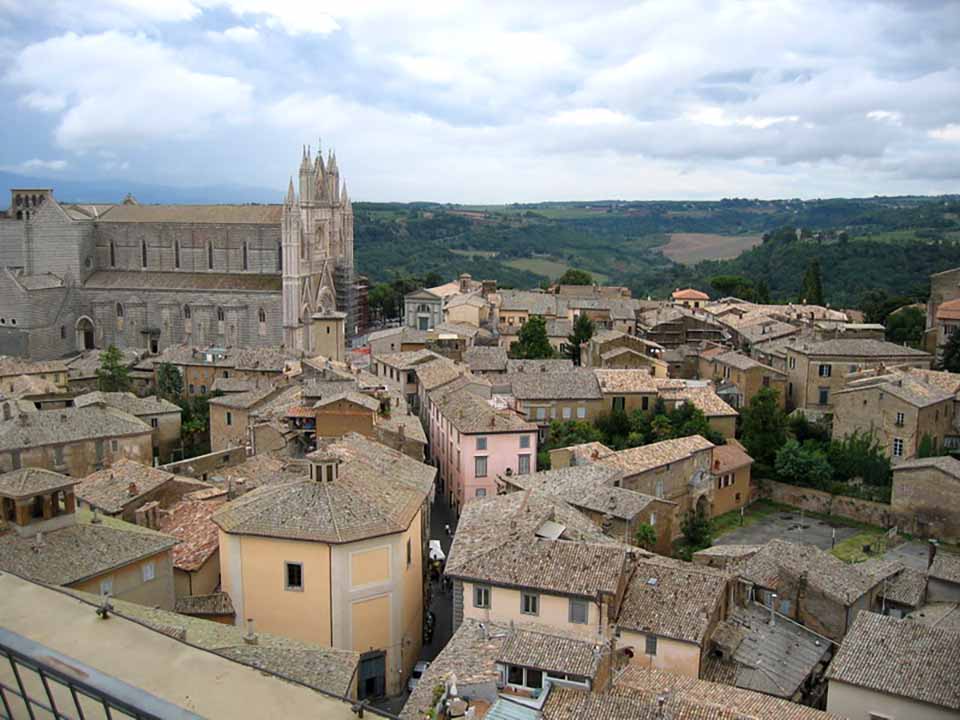
Sometimes, it seems as though the world of wine has almost gone mad. These days, power, strength and concentration seem to be bywords for quality. Rich, assertive wines tend to gain high points from influential wine critics and their reviews reflect the trend. Here are some recent quotations describing three Pinot Noir wines from America: (1) “a gorgeous floral bouquet of rose and lavender leads the way to a core of crisp pomegranate, crushed rock and black tea”; (2) “lifted and fresh, with verve and energy…strawberry, citrus and dried herb accent a lengthy, structured and bright experience of supple texture and tannin” or (3) “spicy, fresh and lively, it has an ethereal elegance that appeals, with underlying power and structure. Black tea, citrus and dark cherry combine effortlessly to provide subtle richness…” But sometimes, we need a simple wine – a vin ordinaire as the French might say – to accompany food, not “gorgeous floral bouquets” or “bright experiences of supple texture”.
Many years ago, during the long summer evenings, a few of us would go to an Italian restaurant in Central London after a day’s work. It was near The British Museum in a small secluded Victorian street that probably hadn’t changed much since the time of Charles Dickens. A horse-drawn cab wouldn’t have looked out of place. The restaurant offered some of the best pizza in town. Pizza of course is essentially peasant food and it demands simple wine. A fine Bordeaux or Burgundy would just “feel” out of place. On a warm summer evening, chilled white wines are lovely, assuming they match the food. For pizza, an ordinary Soave or Frascati is perfect. If you prefer red, an equally undemanding Valpolicella or a sprightly Bardolino make perfect pizza partners and also work well with basic pasta dishes.
Try to find a simple Italian wine these days and you’ll have a difficult task. Thanks partly to the critics who champion rich and powerful wines, many wine makers have been driven by market pressure to produce wines which will earn high points. Recently I tasted a Soave which looked promising and I was looking forward to memories of those summer evenings of long ago. To my dismay, this once Plain Jane of a wine had been tarted up and had tasted more like a commercial Australian Chardonnay. It reeked of pineapples.
Wine needs to complement food, not compete with it. But don’t get me wrong, sometimes a rich and more interesting wine is appropriate. Most wine enthusiasts enjoy complex and interesting wines that demand thought and consideration and appreciation. But there is still room in this world for vin ordinaire.
Orvieto Classico DOC 2020, Italy (white). ฿555.00 @ Central and Tops
Italian wine names can be confusing. Some wines, such as Pinot Grigio, Primitivo or Verdicchio are named after the grape variety. Others such as Valpolicella come from a viticultural zone and are a blend of several grape varieties so the name refers really to a style of wine. Amarone is also a style of wine, not a grape variety. Soave comes from the region around the town of the same name, and is not, as some novices assume, a description of the wine’s style. Marsala is named after the city of Marsala in Sicily; Chianti gets its name from the Chianti Mountains in Tuscany. And to add to the confusion, some grape varieties have different names. Sangiovese is the most popular red grape of Italy, but it has many different regional names such as Brunello di Montalcino, Vino Nobile di Montepulciano, Rosso di Toscana and Montecucco Rosso.
So perhaps you’ll be relieved to know that Orvieto is a style of wine made from grapes cultivated near the town of Orvieto, which lies roughly half way down the “leg” of Italy. Wine has been made there for centuries and the name is always associated with its white wines. Traditionally Orvieto was a sweet dessert wine, though today almost all of it is light and dry.
This comes from the respected Italian company of Cecchi (pronounced CHEK-ee) and it’s a pale straw colour with a pleasing, slightly oily appearance. Grechetto and Trebbiano grapes dominate the blend though several others are used. The wine even displays “legs” – those small rivers that form on the inside of the glass after you’ve swirled it around. They are sometimes more poetically described as “tears” or “church windows” but technically they’re known as the Gibbs-Marangoni Effect. Contrary to popular belief, they have nothing to do with quality but are caused by alcohol evaporation from the sides of the glass.
The wine has a light and undemanding aroma of pomelo and herbs with a remarkably smooth mouth-feel and satisfying dry acidity. There’s also a lingering dry finish. At just 12.5% this is a refreshing, light wine and would make a pleasing apéritif. It would work well with light chicken or fish meals or Chinese-style dishes.
By the way, the term “Classico” in the name means that the grapes were grown in vineyards directly around Orvieto town itself. The A1 motorway runs through the middle of the vineyards, another melancholy reflection of modern times.
 |
 |
 |





